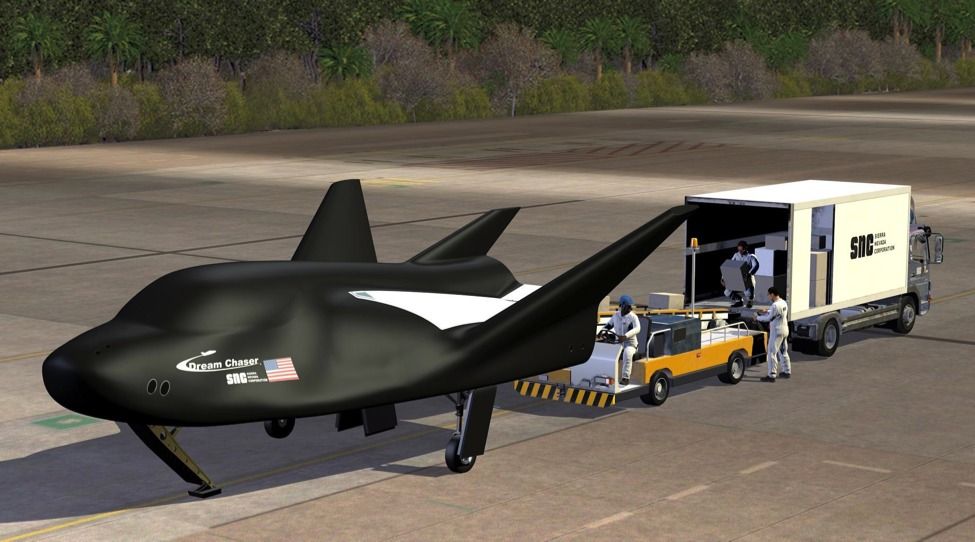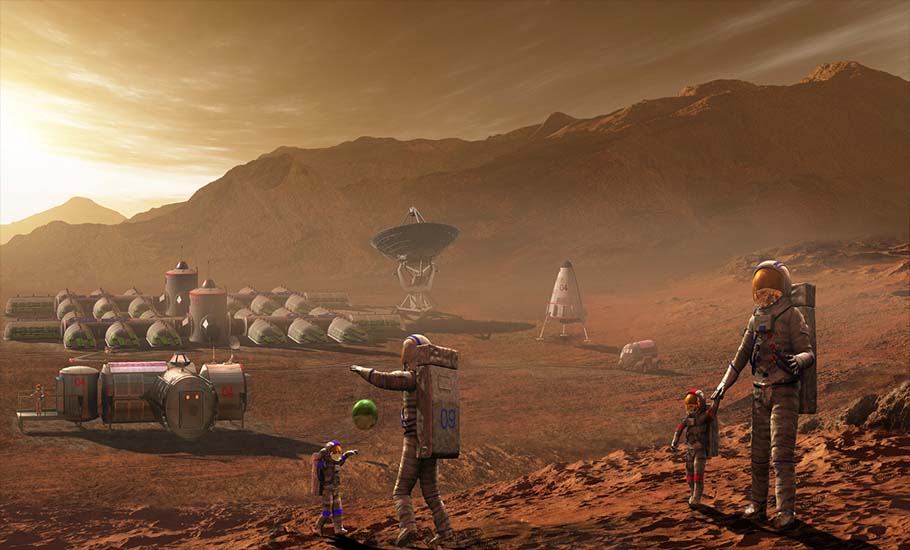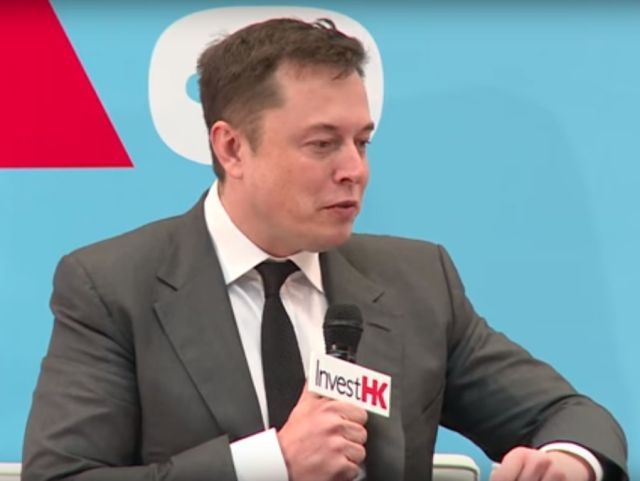Elon Musk, CEO of Space Exploration Technologies (SpaceX) and Tesla Motors, Inc, was at Startmeup Hong Kong and talked about what he thought were areas of technological opportunity.
At 37 minutes into this video Elon Musk talks about high potential technology like Hyperloop which he currently does not have time to address electric aircraftgenetics is thorny but is our best shot at many tough diseasesbrain computer interfaces at the neuron level has potential for intelligence augmentationNeural Lace was mentioned.
Scientists from China and the US have found a pioneering way to inject a tiny electronic mesh sensor into the brain that fully integrates with cerebral matter and enables computers to monitor brain activity.
Researchers from Harvard and the National Center for Nanoscience and Technology in Beijing have succeeded in inventing a flexible electrical circuit that fits inside a 0.1mm-diameter glass syringe in a water-based solution.
This tiny electronic mesh sensor is thin and flexible enough to be injected into the brain and gentle enough to integrate fully with brain cells, making human cyborgs a possibilityLieber Research Group, Harvard University
When injected into the brains of mice, the mesh unfurled to 30 times its size and mouse brain cells grew around the mesh, forming connections with the wires in the flexible mesh circuit. The biochemical mouse brain completely accepted the mechanical component and integrated with it without any damage being caused to the mouse.
Read more






